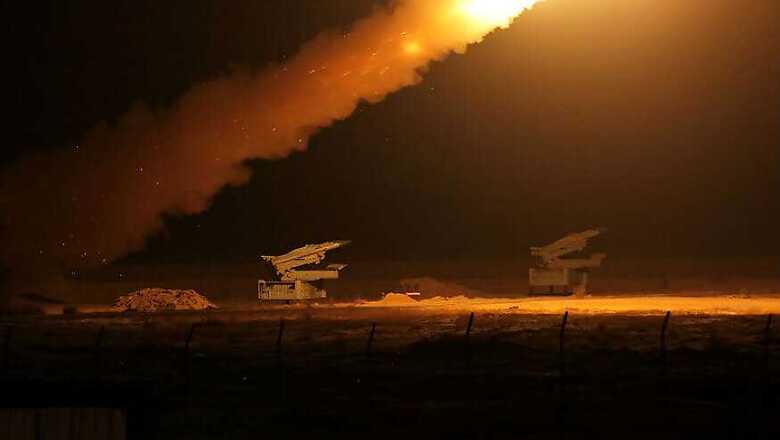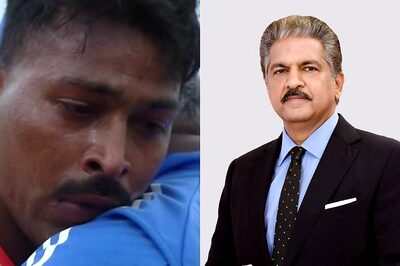
views
Kheotali (Rajasthan): Away from the urban discourse on the rising tension between India and Pakistan, people of Khetolai, the village near Pokhran closest to the site of India’s two nuclear tests, are pitching for peace.
The villages close to the test sites, including Khetolai, have reported health issues, including high number of cases of cancer, besides adverse effects on cattle and crops following the tests in 1974 and 1998.
“No one knows it better than us, the residents of Khetolai, what nuclear radiation can do — even in safe measures of a test — to our health and our cattle. If these weapons are used in a war situation, we cannot even estimate what would happen. How it will wipe everything away,” Manish Bishnoi, a resident of Khetolai, told CNN-News18.
Mornings at the village near the India-Pakistan border in Jaisalmer are as tense as at the border nearby. People of the village closest to the site of the nuclear tests track the developments closely, with the elders recalling the incident, which they say, altered their lives forever. The nuclear test sites are less than 5 km away.
Recalling what happened during the two tests, one of them said, “The earth shook. There were tremors, a cloud of smoke. After that, people began to have health issues. Even our cattle had health issues like blindness, genetic disorders.”
Since then, the village of Bishnois, who are known for protecting the environment, has been counting its losses. The cattle, they say, are showing genetic disorders and have lost the quality in crops, but the worst has been the growing cases of cancer.
Bhajana Ram, who lost his wife to liver cancer in 2009, wants the government to commission studies to assess the effect of long-term exposure to radiation. He said, “There are health issues only in our village, not in other places. So we do understand that this is due to radiation.”
The same was felt by Suwa Bishnoi, a teacher at a primary school, who lost his sister to cancer just a year after the 1998 test. “She survived only for 20 days after we found out,” he said, adding that while earlier such cases were few and far between, there are now at least four cases at any given point in time.
Nirma, who lost her 12-year-old son Neeraj two years ago, fails to understand how a young boy like him developed a tumour in his brain. “He was a very bright child, he would be first in his school. We lost him,” she said.
Laxmi Bishnoi, another villager, said, “Our cows go and graze close to the firing range. Possibly due to it there are deformities in their calves we have never witnessed before.”
People of Khetolai feel they have been left on their own to grapple with health problems that they attribute to long term exposure to radiation and that despite repeated requests the government failed to commission a study to understand the hazards.
While health officials maintained there was no reason to believe the medical problems have a connection with the fallout of nuclear tests, villages said they had been witnessing the effects for years now.















Comments
0 comment